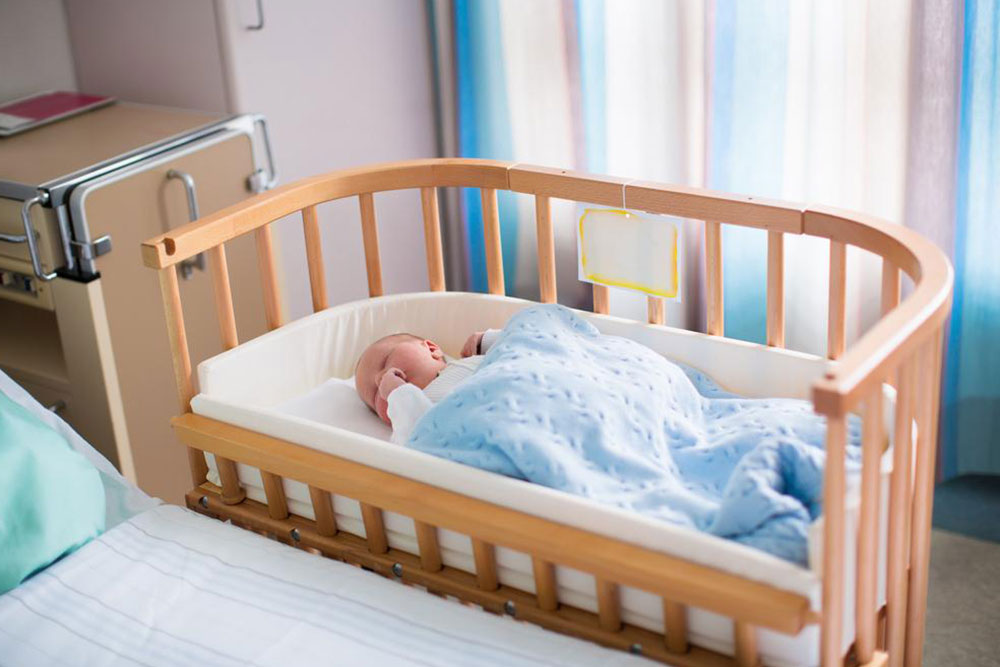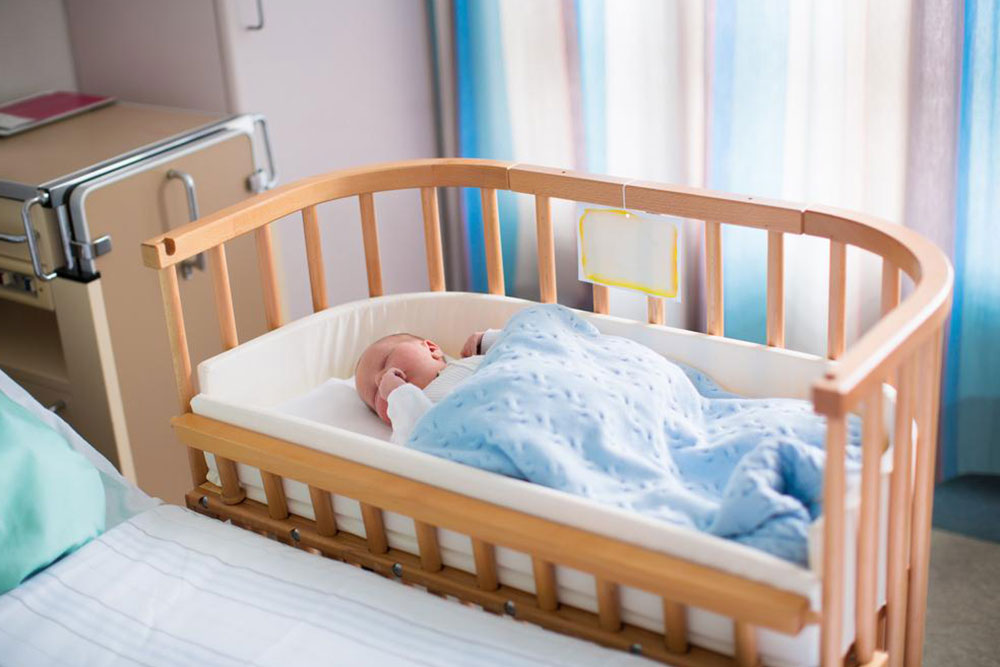Essential Guide for Selecting Infant Cribs
Discover essential tips for choosing the perfect infant crib, including types, key features, and safety considerations. This guide helps parents select durable, stylish, and adaptable cribs that grow with their babies, ensuring safety and comfort. Featuring insights on standard, canopy, and convertible cribs, along with important features like mattress support and teething rails, this article is a comprehensive resource for new parents seeking the ideal nursery furniture.

Essential Tips for Choosing the Right Infant Crib
The crib is a vital piece of nursery furniture where your baby will spend much of their early life. It serves as both a sleeping space and a play area during the day. While many cribs come in a standard rectangular shape, there are many unique styles available. Different brands vary greatly in price depending on materials and features. Read this guide to explore various crib types and their key characteristics to help you make an informed decision.
Types of Infant Cribs
Standard Cribs: These are the most common styles, often featuring either one or two drop sides. Drop sides can be lowered smoothly to ease baby transfer, with double drops offering more flexibility. Ensure the mechanisms operate quietly and effortlessly. Single drop sides tend to be sturdier.
Canopy Cribs: Elegant options that feature a decorative roof supported by tall posts. A metal frame over the canopy provides stability, and the fabric canopy adds a stylish touch, complementing nursery decor with various colors and patterns.
Convertible Cribs: Designed to adapt from a standard crib to a toddler bed, these versatile pieces are ideal for nurseries with ample space, offering extended usability as your child grows.
Important Features to Consider
Mattress Support: As babies become more active, a sturdy metal frame that can withstand jumping and play is essential. Regular checks for support integrity are recommended.
Adjustable Mattress Height: Multiple height settings allow you to lower or raise the mattress as your baby grows, preventing climbing accidents in later stages.
Teething Rails: Plastic strips installed over the wooden rails protect your baby’s teeth from gnawing directly on the wood. They are usually fitted by manufacturers or can be added afterward.
Lockable Casters: Available in plastic or metal, these wheels must include a locking mechanism. Locking wheels are crucial as the toddler begins to stand and pull up, providing added safety and mobility.
Note:
Our blog offers comprehensive information across various topics, aiming to provide practical insights. While we strive for accuracy, readers should consider the content as general guidance. We do not guarantee the completeness or correctness of all data, and potential differences with other sources or promotional offers are beyond our control.









